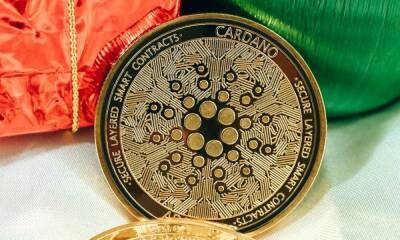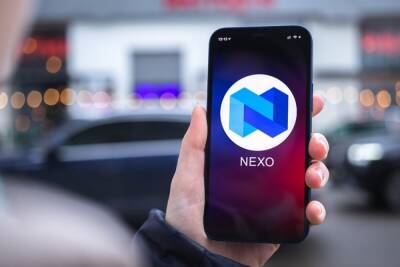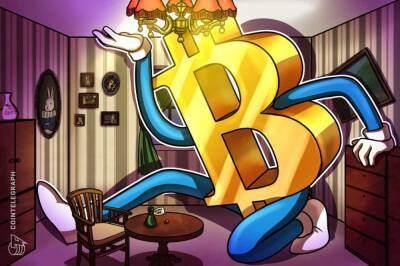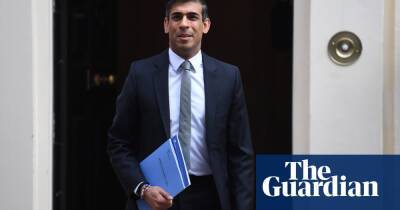Project releases an exclusive NFT collection associated with physical works of art from Salvador Dali and Pablo Picasso
There are now more art collectors than ever before, who are coincidentally the wealthiest in history. The result is a global industry, defined by luxury and attracting only the ultra-rich to compete for a select few brand-name artists. However, art is much more than a luxury good; it can be an investment with little research. Hence why most high-end art purchasers buy with the intent that their pieces will rise in value. Unfortunately, owning a work of art at this caliber is not realistic for the everyday buyer.
Fortunately, with the emergence of blockchain technology, physical assets can be fractionalized, lowering the barriers to entry of ownership. This reality is made possible with nonfungible tokens (NFTs), one of the most bullish markets in recent years, each holding the ability to take a single piece of art and dividing it equally among a few owners. The belief is that the love of art can be made universal without distinction based on social status by fractionalizing ownership.
Bringing this concept to life is QuantArts, a project supporting the decentralization of art. The methodology is designed to be simplistic, starting with a collection of masterpieces by some of the most globally recognized artists of all time, including Salvador Dali and Pablo Picasso and dividing ownership through QuantArt NFTs. Therefore, by possessing a token, holders can own both a fraction of the digital and original piece.
“We are extremely excited that through the use of the latest digital technologies, we can bring these incredible masterpieces not only to a wider global audience but also to enable anyone to own a small or large part of these masterpieces in a digital or NFT form. For us, this not only means that many more people get
Read more on cointelegraph.com




















